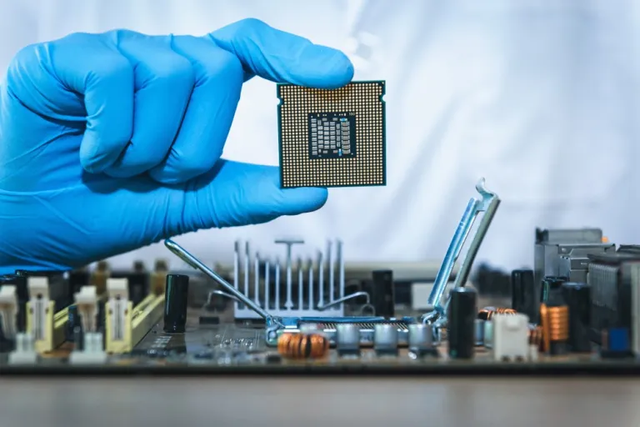Digital universities, re-training needed for Vietnam's workforce
Vietnam needs thousands of field application digital technology engineers to stimulate the nation’s digital transformation, industrialization and modernization. Digital re-training and education will satisfy the demand.


Minister of Information and Communications Nguyen Manh Hung spoke at a working session with Deputy Prime Minister Tran Hong Ha and the two national universities in Hanoi and HCM City on September 6.
Regarding the development of the semiconductor industry, MIC is going to submit to the government a draft national strategy on the industry.
The main points of the strategy: VN will be part of an ecosystem, not go alone; FDI will be needed to develop semiconductor industry (but only investors organizing production stages that create high added value) combined with self-production in some links of the chain (designing, testing, packaging); and the combined development of semiconductor, microchip and electronic appliances, especially IoT.
The biggest advantage of Vietnam in developing technology lies in its workforce with industrious, clever and hard-working workers, especially for chip designing. The State needs to invest in a network of leading labs run and managed by universities. The two national universities need to take responsibility for training qualified workers for the semiconductor and microchip industry.
The stages of research and exploration of digital technology, especially AI, are over, and now is the time for application and practice. Elite workers are needed in the exploration stage, while field application engineers are needed in the application stage.
The application stage is the period that brings the highest value to a country, especially a developing country like Vietnam. The country needs many field application digital technology engineers. Digital universities and re-training will satisfy the demand.
A sustainable university will need sources of income. The collection from tuition should be at just 60-70 percent of total revenue, while the remaining should come from research, assets and supporting sources.
The government should place more orders for national research and allow universities to do business with their assets.
What can MIC do?
1. Release annual reports on workforce demand
2. Create demand for a digital workforce by accelerating digital transformation, developing a semiconductor industry, encourage digital firms to go abroad to enter the global market
3. Create connections among dozens of digital technology firms with universities; call on large firms to invest in R&D centers at national universities.
4. Develop digital technology at universities on a trial basis.
